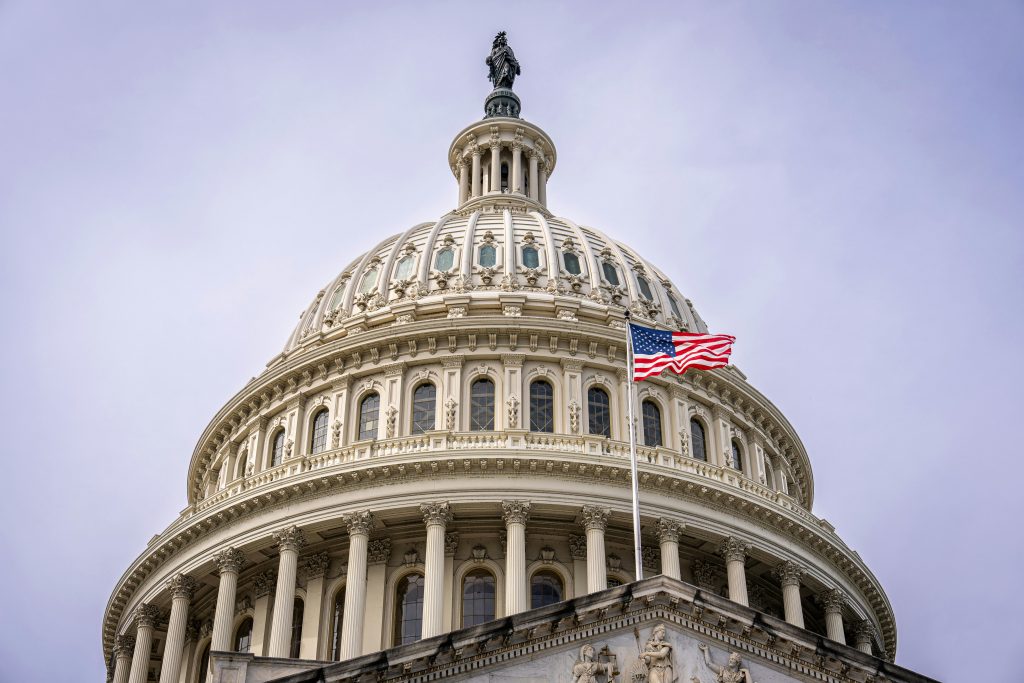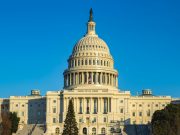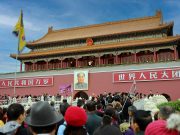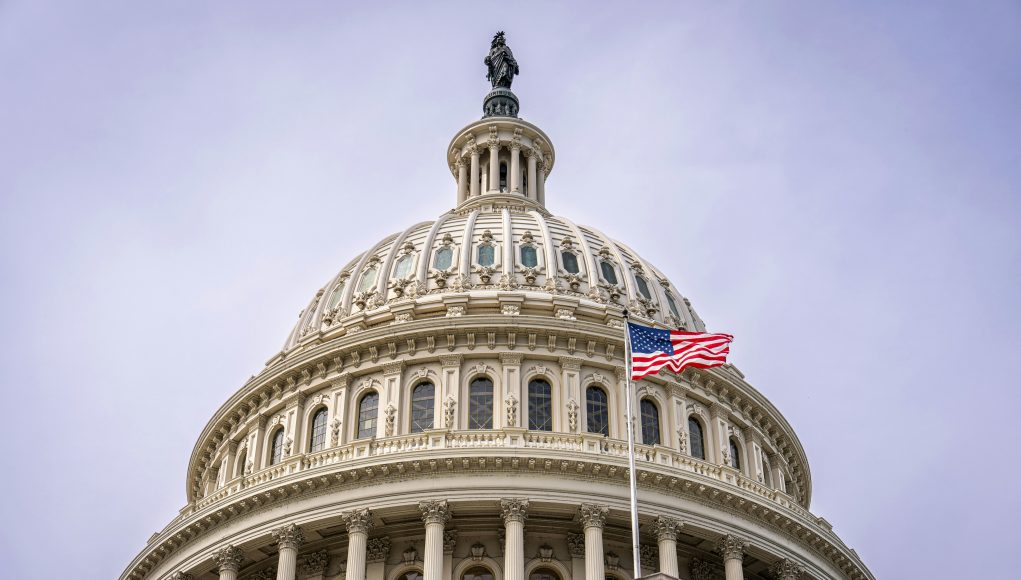
(Singapore, 02.10.2025)U.S. President Donald Trump’s administration on Wednesday froze $18 billion for New York transportation projects as the government shutdown entered its first full day.
The action marked one of the most visible moves by the administration since the shutdown began, affecting the state that is home to Senate Democratic leader Chuck Schumer and House Democratic leader Hakeem Jeffries.
The shutdown, the 15th since 1981, suspended scientific research, financial oversight, environmental cleanup efforts and other government operations. About 750,000 federal employees were ordered to stay home without pay, while others, including military personnel and border agents, were required to report to work without pay.
The Department of Veterans Affairs said burials at national cemeteries would continue but that headstones would not be erected and grass would not be mowed during the funding lapse.
Trump has previously warned that the shutdown could be used to accelerate his plan to cut the federal workforce. The administration is on track to remove about 300,000 employees by December, but no new job cuts were announced on Wednesday.
The White House posted a digitally altered image of Schumer dressed as a hot dog after the funding freeze was announced. Schumer criticized the move, saying Trump was using Americans as “pawns.”
Congressional Deadlock
On Capitol Hill, the Senate rejected two separate attempts to reopen the government. A Republican proposal to fund operations through Nov. 21 failed to win enough support. A Democratic proposal linking funding with additional health benefits also failed.
Republicans control the Senate 53–47 but need support from at least seven Democrats to meet the 60-vote threshold required to pass spending bills.
The dispute centers on $1.7 trillion in funding for government agencies, roughly one-quarter of the total $7 trillion federal budget. Much of the remainder goes to entitlement programs and to interest payments on the $37.5 trillion national debt.
A bipartisan group of senators met on the chamber floor during the voting, seeking a path forward. Senator Tim Kaine, a Virginia Democrat, said progress was possible if cuts to services and federal employees were taken off the table.
Shutdown Operations
Several federal agencies posted shutdown notices that blamed “the radical left” for the funding lapse. The messages broke with long-standing practice in Washington and raised questions about compliance with the Hatch Act, which prohibits political activity by federal employees.
Vice President JD Vance issued a warning about potential delays in air travel, as air traffic controllers and airport security personnel are required to work without pay.
“If you’re flying today, I hope, of course, you arrive safely and on time, but you may not arrive on time,” Vance said on Fox News.
The longest U.S. government shutdown lasted 35 days in 2018–2019 during Trump’s first term. It ended in part after delays mounted when air traffic controllers called in sick.
Both parties sought to place responsibility for the shutdown on the other. Democrats said Republicans bore responsibility as they control the White House and both chambers of Congress.
“It is on them to engage us,” said Representative Pete Aguilar, a California Democrat.
Republicans said Democrats had supported short-term funding bills in the past but were now yielding to pressure from their base to oppose Trump. They also repeated claims that the Democratic plan would expand health coverage to people in the country illegally.
The nonpartisan Congressional Budget Office said the Democratic proposal would restore coverage only to immigrants legally in the United States, such as asylum seekers and individuals on work visas.
Senate Republican leader John Thune dismissed concerns that freezing construction spending in New York was an act of political coercion.
“Well, vote to open up the government and that issue goes away, right? I mean, it’s pretty straightforward,” Thune told reporters.
Democrats have pressed for health care subsidies to be part of any budget measure, arguing that the expansion would not be reversible if signed into law. Some Democrats have questioned whether to support spending legislation at all, pointing to Trump’s record of ignoring bills passed by Congress.
The standoff continued with no clear resolution, leaving hundreds of thousands of federal workers and contractors uncertain about when they would be paid and whether critical government services would resume in the coming days.





































